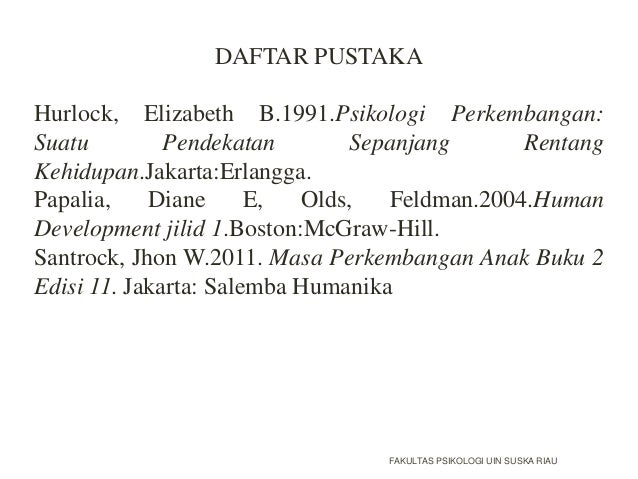

Only those models at the lowest level of achievement were depicted as having successful social relations with males. Study I compared female models at four levels of achievement. The studies surveyed television's portrayal of both achievement behavior and its social consequences for the female achiever. Two studies examined the models of female achievement available to television viewers. Implications for future research on female sex-role development were discussed. However, females at all grade levels aspired and expected that they themselves would engage in traditional female vocational roles. Results indicated that females whose mothers were employed outside of the home saw more male dominant vocations as being available to both sexes than did females whose mothers were not so employed and, similarly, that as grade level increased girls more frequently saw women as possible entrants into male dominant vocations. Each subject’s perception of her own future vocational role was assessed through use of open-ended questions pertaining to vocational aspirations and expectations. Perception of female vocational roles was assessed by asking if a boy, a girl, or both could have specific vocations when they grew up. The effects of maternal employment status on the development of females’ vocational-role perception was studied with 126 elementary school girls from the second, fourth, and sixth grades in a semirural, working-class community of southeastern Michigan as subjects.
BUKU PERKEMBANGAN ANAK HURLOCK PROFESSIONAL
The statements that got the lowest evaluation rate by all interest groups were family involvement and professional development. Swedish teachers evaluated teaching strategies highly. Development of values was evaluated highest by Finnish principals and teachers. Highest mean ratings were given by Estonian and Hungarian principals and Estonian teachers to creating growth environment. Differences between the countries were significant and depended on the context of the individual countries. In the comparison of the results from the four countries, there were similarities between the views of Finnish and Swedish teachers and principals and between Estonian and Hungarian teachers and principals.

Structured questionnaires were conducted, the sample consisted of teachers and principals in Estonian (174/118), Finnish (82/84), Swedish (117/96) and Hungarian (111/99) preschools.

The research question was: what are ratings of principals and teachers regarding the professionalism of preschool teachers in interaction and family involvement, the planning of education and the evaluation of children's development, using teaching strategies and support for professional development, creating a growth environment and the development of values. The study is based on the contextual approach in the bio-ecological theory and critical ecology theory of early childhood professionalism. According to reports commissioned by the European Commission and OECD, the professionalism of preschool teachers is a key factor in ensuring the quality of early childhood education.

The current study investigated the ratings of Estonian, Finnish, Swedish and Hungarian preschool teachers and principals regarding the professionalism of preschool teachers within a cross-cultural context.


 0 kommentar(er)
0 kommentar(er)
